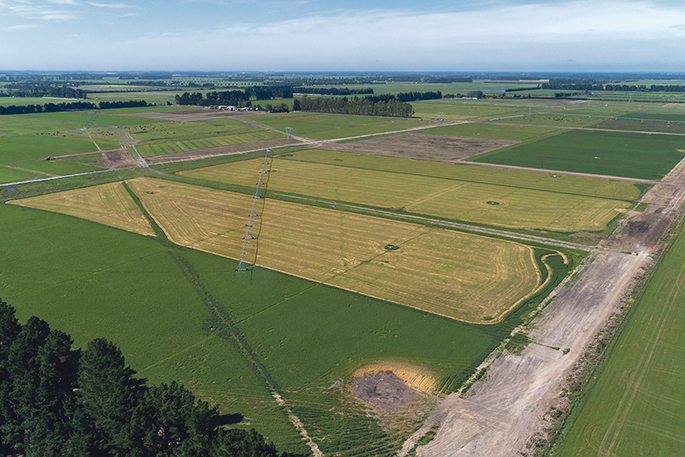A site that’s been providing extremely useful information on fertilisers in New Zealand for almost 70 years is now secured for future use.
The Fertiliser Association of New Zealand has signed a 30-year lease with AgResearch to ensure the long-term fertiliser research trials at Winchmore Research Station in Canterbury continue.
The agreement affirms the association’s ongoing commitment to long-term research on fertiliser use.
Fertiliser Association of New Zealand chief executive Vera Power says the site’s existence of almost 70 years has allowed the organisation to track changes to pastoral land as agriculture evolves “and support our evidence base for sustainable management”.
“I could see Winchmore potentially following the development of NZ agriculture over centuries – that’s a really exciting prospect.”
As the longest fertiliser trial under pasture in New Zealand, the Canterbury Plains site has already seen many changes in farming practices. Focused on sheep-grazed pasture, it was initially established to analyse the long-term response of pasture to irrigation and the superphosphate requirements of irrigated pasture.
However, the consistent management, meticulous record-keeping and archiving of regular soil and plant samples have also proved a rich source of material for many other studies, from nutrient cycling to the effects of fertiliser use on earthworms.
“The historical data and ongoing fertiliser treatments have been critical to evaluating and understanding the implications of soil contaminants such as cadmium and fluorine accumulation,” says Vera. “Nobody anticipated these contaminant issues when the trial sites were established.”
Many of the key considerations being examined over the long term, such as impact on soil health and function, soil organic matter and climate change considerations, cannot be reproduced elsewhere under actual field conditions.
AgResearch chief executive Tom Richardson says more than 500 science publications have drawn on research from the Winchmore site since the long-term trials began.
“The trial site at Winchmore is nationally significant, and has over the decades provided our scientists and others with an important resource to collect and analyse data around fertiliser use, soil health and farming practices,” says Tom.
“This work has added to our understanding and helped improve farming practices in New Zealand. It’s pleasing for us to be able to commit to ongoing trials at Winchmore that will allow us to keep adding to the science to ensure continued improvement and innovation.”
This year Winchmore’s irrigation system has moved from a border dyke to a centre pivot system. This included installation of five new pivot irrigators, two new linear irrigators and connection to the irrigation scheme. Researchers will be able to monitor the impact of the new system over time.
“Issues like the impact of fertiliser use on soil carbon or soil health are now coming to the fore,” says Vera. “We are increasingly thinking about the long-term sustainability of New Zealand farming systems – and long-term field trails are critical for helping us understand how our actions could impact on future farmers’ choices.
“We don’t know where agricultural technology will take us next. But we do know that we’ll be there, measuring its effects so that future generations can make the best possible choices.”



0 Comments
Leave a Comment